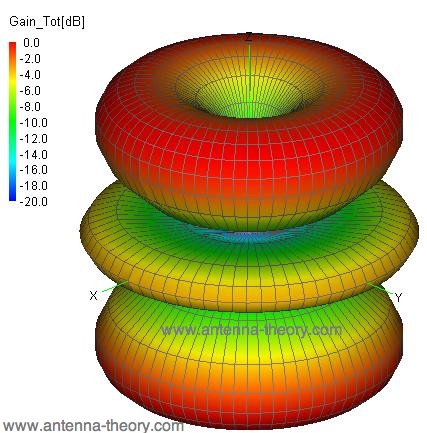I wrote a tiny script and have included it in my installs where if the signal is, over a long period, below -80dBm, the device reboots to hunt for a new wifi access point. This was to solve problems when an AP was briefly down, that a device would get “stuck” on a poor choice and not roam.
If there’s a better way would love to know but …
I have two devices that have very low signal strength as shown on the device, and it doesn’t make physical sense. As an example, one is a ratgdo device on a garage door. It is about 15’ from an AP running at full power, though through a brick wall. It runs about -85dBm.
On the same rough line from the AP but over twice as far away, AND in a metal box (plastic cover) is an esphome device that is -73dBm. It’s a top greener wall switch. There are many such examples.
I think they are both 8266’s (I bought both already built, I just wired them). I am wondering what could have such large impact on signal. Here is how they self report:
Poor signal:
2024.5.5|Flash: 1024kB Speed:40MHz Mode:DOUT|
Chip: 0x00ea39ed|
SDK: 2.2.2-dev(38a443e)|
Core: 3.1.2|
Boot: 7|
Mode: 1|
CPU: 80|
Flash: 0x001640ef|
Strong signal much further away:
2024.5.5|Flash: 1024kB Speed:40MHz Mode:DOUT|
Chip: 0x00a627f8|
SDK: 2.2.2-dev(38a443e)|
Core: 3.1.2|
Boot: 31|
Mode: 1|
CPU: 80|
Flash: 0x001540c8|
As mentioned, the one with strong signal is much further, same height, in a metal box.
For the weak signal I have it in a plastic box, I moved that box away from all wiring and have it hanging in free air in direct line with the AP (except that brick wall). Both are pretty close to the same line from the AP, a few degrees difference but should be about the same amount of attenuating materials.
Similar devices in a second garage, different AP (closer). The same ratgdo is -71dBm but a shelly 1+ is at -57 and is literally about 18" apart. That’s a huge difference in strength and Shelly’s are not known for good wifi signals.
Are these esphome devices estimating signal based on wifi connection speed, or some such?
Are some just that much worse?
I admit the most likely thing is some physical issue, antenna position and intervening construction.
But some of these seem so extreme I am just wondering if there is more I should be checking, some software tuning or change?
Linwood
